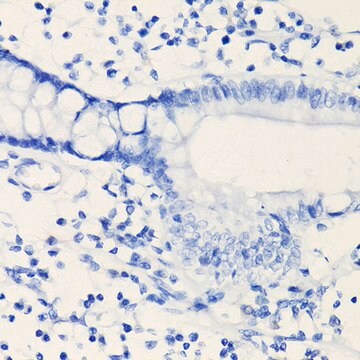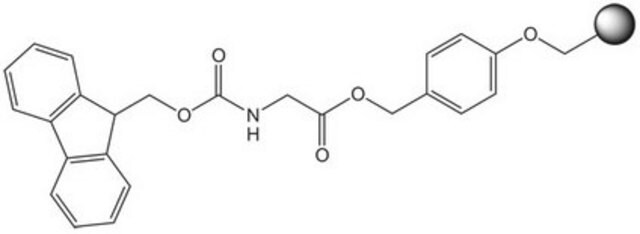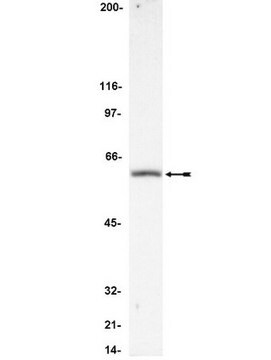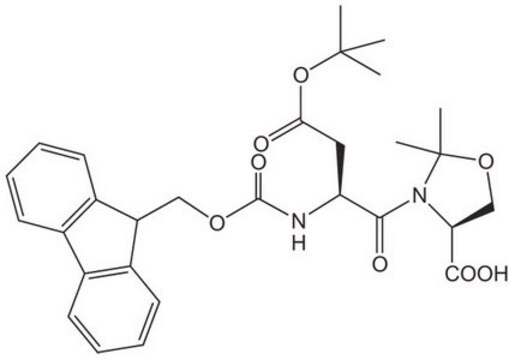06-501
Anti-STAT1 Antibody, CT
Upstate®, from rabbit
Sinónimos:
Anti-CANDF7, Anti-IMD31A, Anti-IMD31B, Anti-IMD31C, Anti-ISGF-3, Anti-STAT91
About This Item
Productos recomendados
biological source
rabbit
Quality Level
antibody form
purified antibody
antibody product type
primary antibodies
clone
polyclonal
species reactivity
mouse, human
manufacturer/tradename
Upstate®
technique(s)
electrophoretic mobility shift assay: suitable
immunoprecipitation (IP): suitable
western blot: suitable
isotype
IgG
NCBI accession no.
UniProt accession no.
shipped in
wet ice
target post-translational modification
unmodified
Gene Information
human ... STAT1(6772)
General description
STAT 1, is activated by a number of different ligands, including IFNalpha, IFNgamma, EGF, PDGF and IL6. Phosphorylation of tyrosine 701 is required for STAT 1 dissociation from IFNGR1, homodimerization, and nuclear translocation. Tyrosine 701 phosphorylation impairment results in loss of STAT 1 functions.
Specificity
Immunogen
Application
Quality
Target description
Physical form
Analysis Note
Positive Antigen Control: Catalog #12-303, Jurkat cell lysate.
Other Notes
Legal Information
¿No encuentra el producto adecuado?
Pruebe nuestro Herramienta de selección de productos.
Optional
Storage Class
12 - Non Combustible Liquids
wgk_germany
WGK 1
flash_point_f
Not applicable
flash_point_c
Not applicable
Certificados de análisis (COA)
Busque Certificados de análisis (COA) introduciendo el número de lote del producto. Los números de lote se encuentran en la etiqueta del producto después de las palabras «Lot» o «Batch»
¿Ya tiene este producto?
Encuentre la documentación para los productos que ha comprado recientemente en la Biblioteca de documentos.
Nuestro equipo de científicos tiene experiencia en todas las áreas de investigación: Ciencias de la vida, Ciencia de los materiales, Síntesis química, Cromatografía, Analítica y muchas otras.
Póngase en contacto con el Servicio técnico







